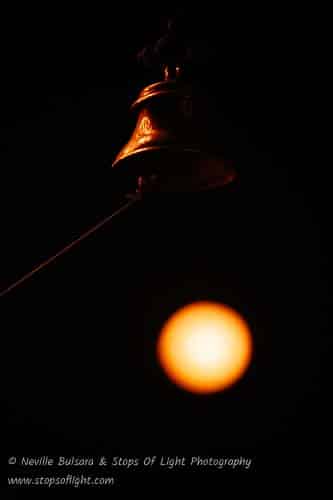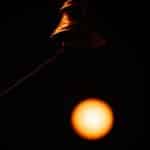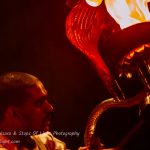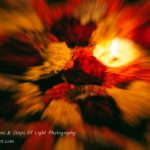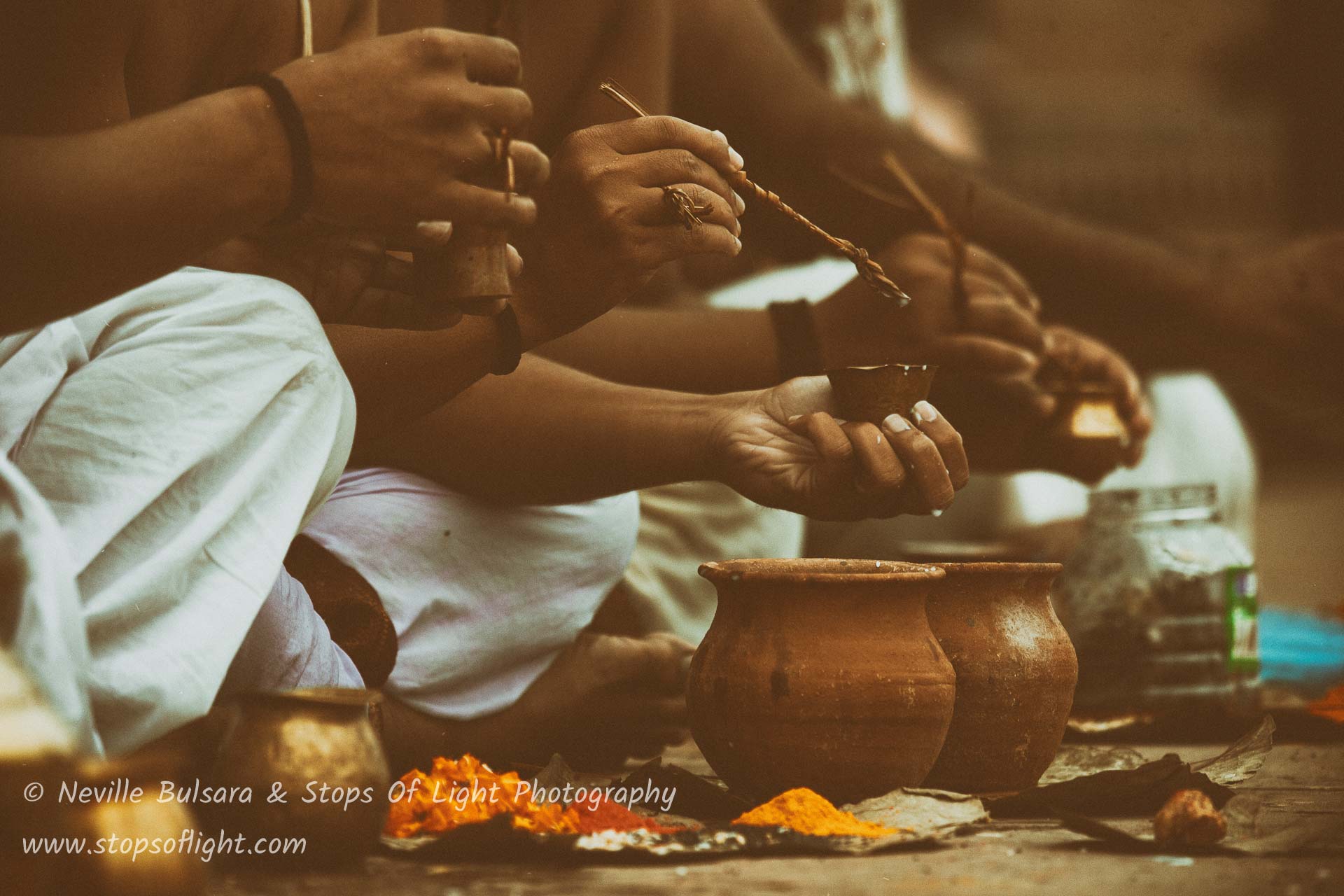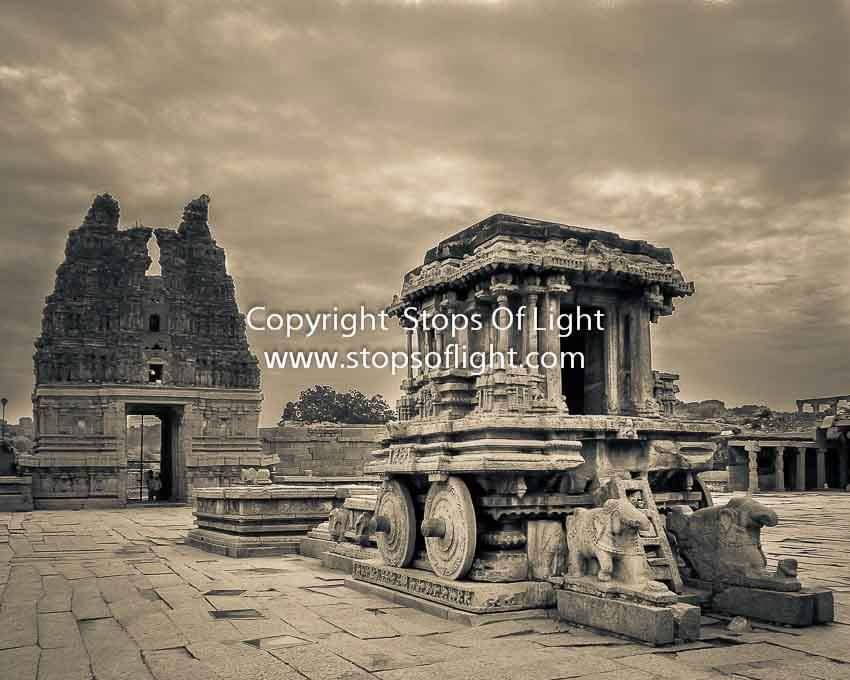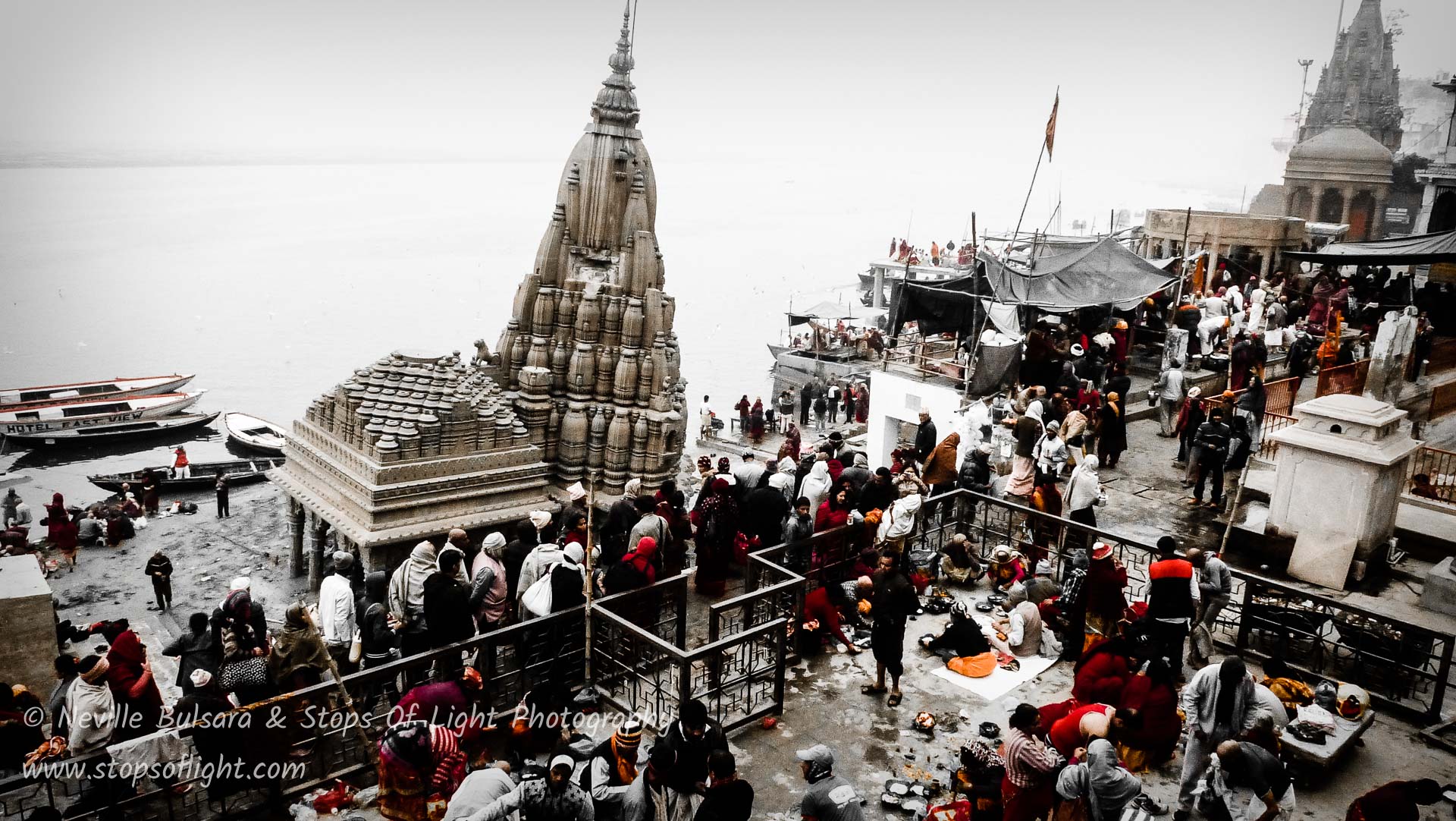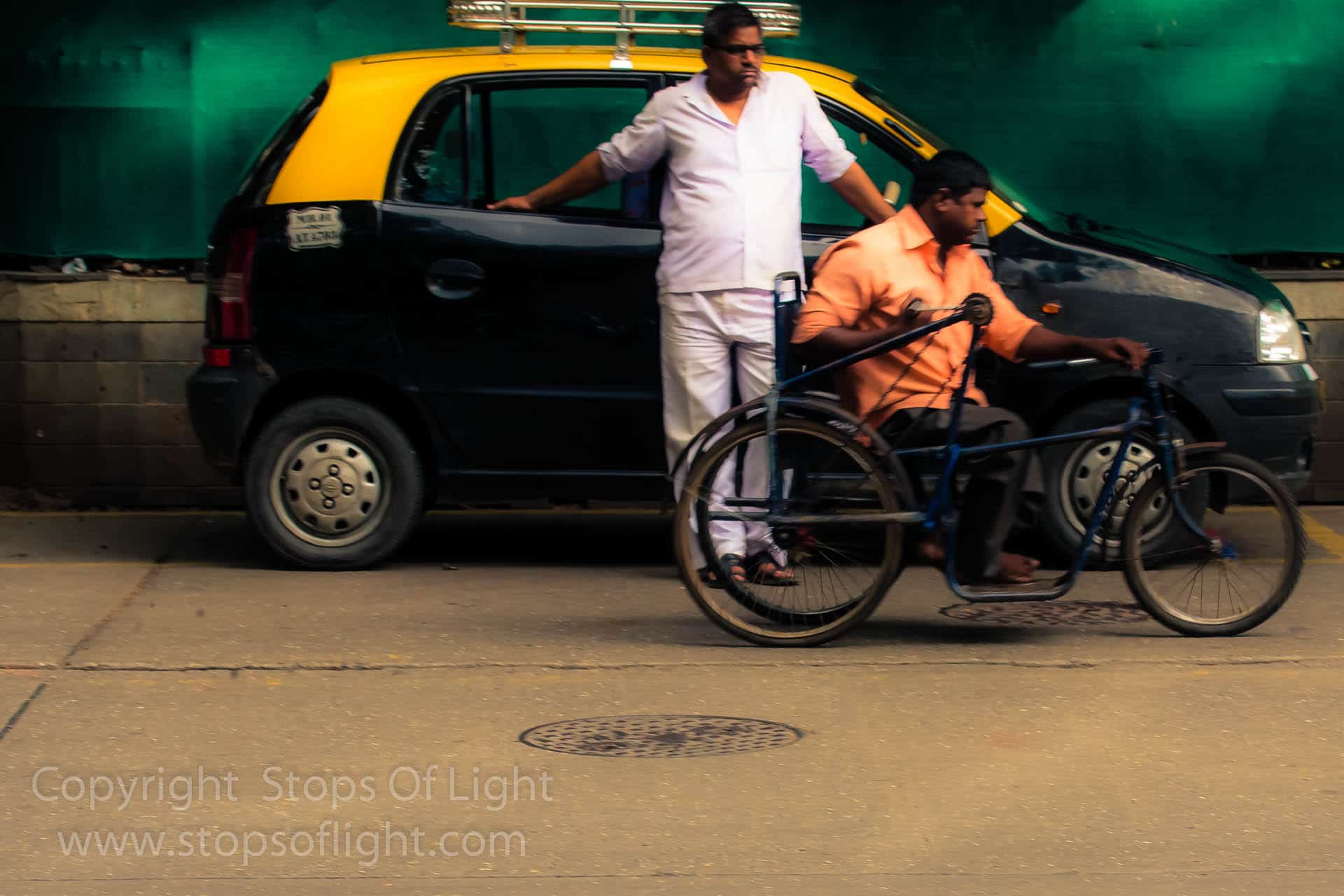If the truth be told, I believe that that well-intentioned piece of advice that they give you about composition (“Fill the frame with the subject”) has done more harm than good in helping people compose better pictures. And the reason for that – as I see it – is simple: failure to define one’s terms. In this case, failure to correctly definine just what we mean by “Subject”.
Few things illustrate what I mean by the above better than the photo that is “the subject” of this post. Let me explain…
What is the subject in this photograph that I made while on one of my Photography Tours to Varanasi? The man? The dog? The garments hung out to dry?
If the subject is the man and/or the dog, what are the garments doing there? If the subject is the garments, what’s the man and dog doing there?
It’s evident, isn’t it? Neither the man, the dog, or the garments are THE SUBJECT in themselves!
Yet the entire image is complete; there’s nothing extraneous, nothing at all.
To cut a long story short, don’t confuse the individual elements (or, as I call them “points of interest”) in an image for subject. Yes, there *may* be a primary or dominant “point of interest”, but get out of that tendency of mistaking it for subject! You’ll severely hinder not only your ability to see, but also your ability to compose if you do that.
Rather than thinking of “filling the frame with with ‘the subject’ “, think in terms of “there should be nothing in the frame that is NOT subject“!
What then is “Subject”? Whatever you very, very deliberately put in the frame”. I repeat, there should be nothing in the frame which is NOT SUBJECT!”
And isn’t that part of what composition is, deciding just what to include in the frame?
Of course, you still need to figure out what “subject” is, just what to include in the frame and what to exclude. And of course, bring the elements that you do include together in a pleasing manner. That is part of what I teach in my online photography course titled “What a Wonderful World“. Hop over there to see what was The Best Photography Workshop in Mumbai was about before it went global!
And that’s that on the subject of “Subject”!




